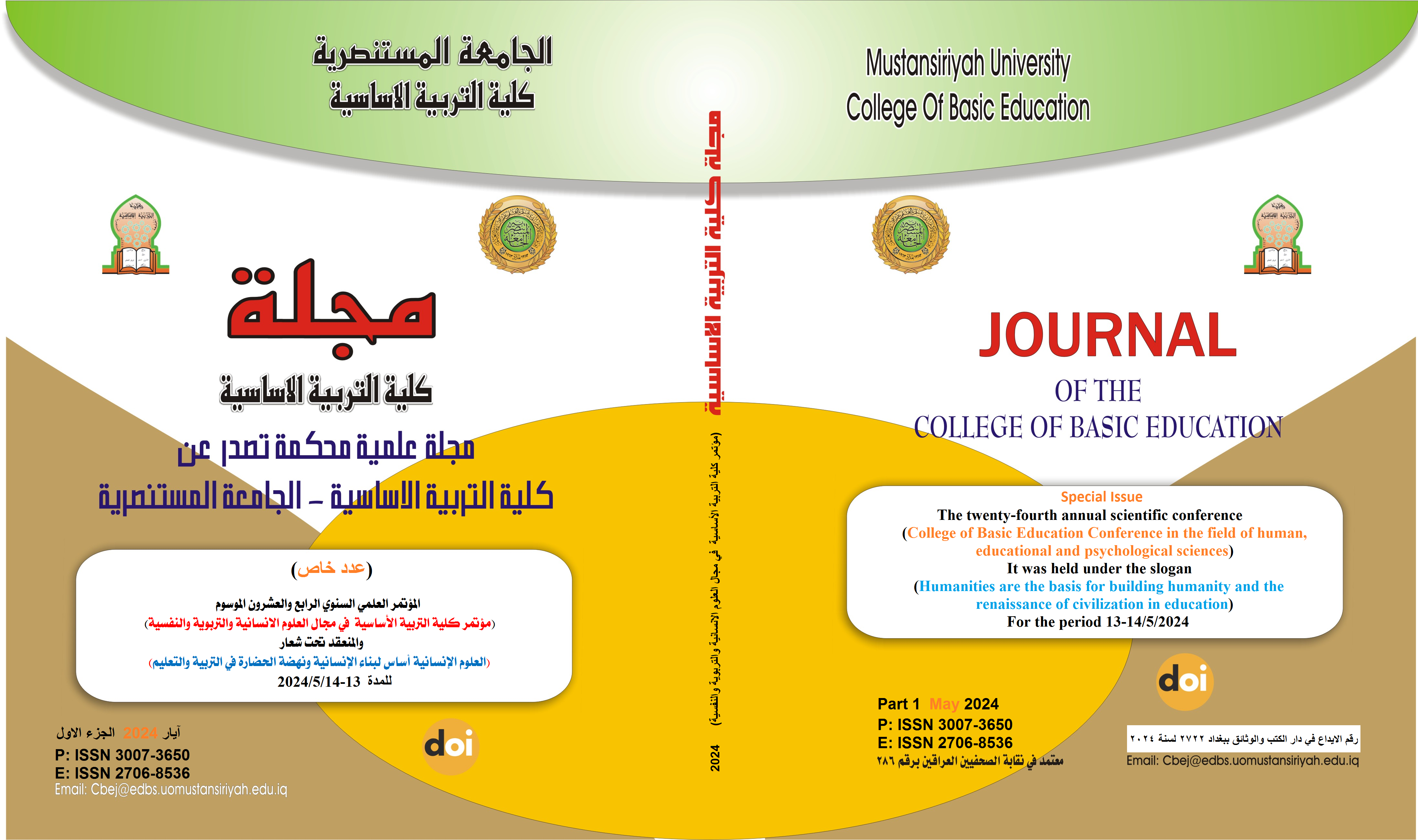Means And Methods Of Killing And Torture In The Prisons Of The Abbasid Era (132-333 AH/749-944AD)
Main Article Content
Abstract
The study aims to highlight the reality of prisons during the Abbasid era and how prisoners were treated by the Abbasid caliphs, as well as the methods they used to dispose of some of them, especially those who opposed them or posed a threat to them. It examines the methods and techniques of killing and torture during the Abbasid era for the period between the reign of Abu Abbas al-Saffah (132-136 AH) and the end of the reign of al-Muqtadir Billah (329-333 AH)
Imprisonment is one of the punishments sanctioned by Islam for punishing offenders. The reasons for imprisonment vary، including precautionary measures، due to charges، for the purpose of executing a sentence، for committing a crime، for reinforcement، for ethical reasons، for transgressing against religion and worship، financial issues، commercial disputes، as well as for political reasons such as opposition to the state and participation in revolutions against it، Despite the presence of killing and torture since the eras preceding the Abbasids، their methods have varied between eras and between different caliphs. The treatment of prisoners worsened during periods of economic and political turmoil. There emerged a vast discrepancy between what Islamic law prescribed regarding the treatment of prisoners and the harsh reality they were subjected to.
The Abbasids، in particular، dealt with their opponents with utmost cruelty، to the extent that people forgot the meaning of forgiveness and pardon. They suppressed any attempt to oppose them and wrongfully punished the innocent. They particularly targeted the Alawites، treating them harshly in an attempt to eliminate them، exact revenge upon them، or to uncover the leaders of their revolutions. They often isolated them in individual prisons to prevent their influence on other prisoners and to deter any change in their political inclinations or ideologies.
Article Details

This work is licensed under a Creative Commons Attribution-ShareAlike 4.0 International License.
